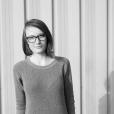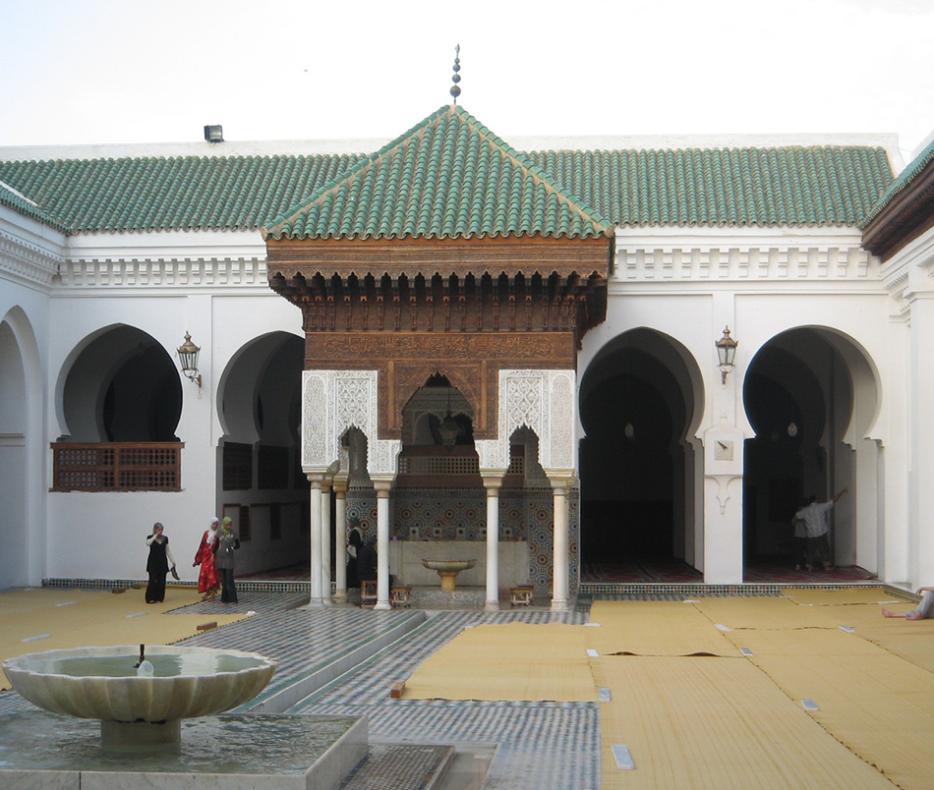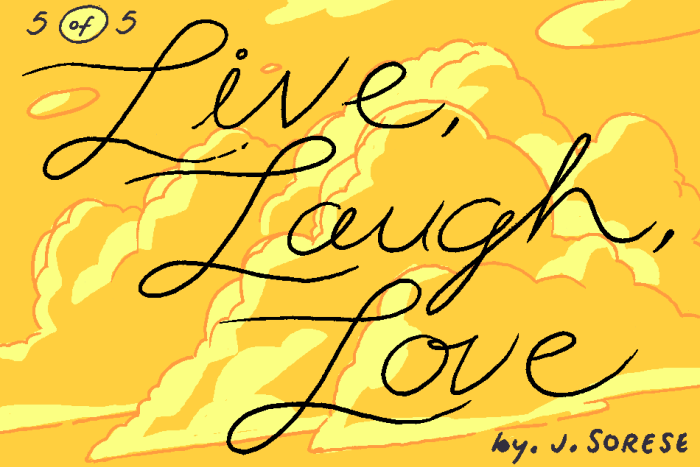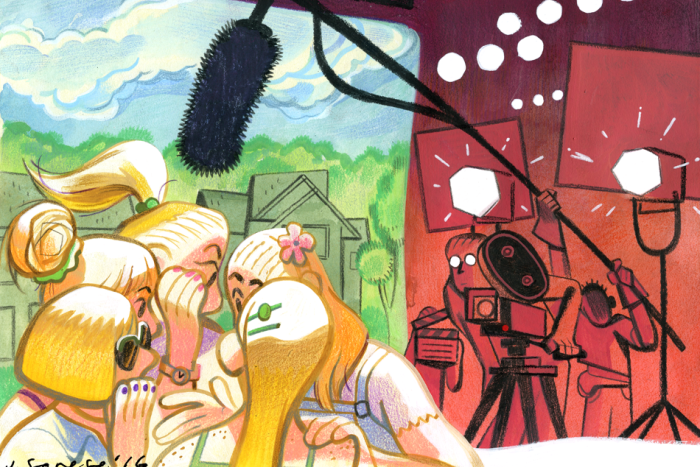Al-Qarawiyyin library has stood for centuries in the heart of Fez’s ancient medina. The opulent building, with golden doors and intricate tile, is the world’s oldest library, home to ancient manuscripts. Run by the University of al-Qarawiyyin, it has long been closed off to all but a few scholars, as crucial repairs went undone. After centuries of use and years of neglect, it stood in a state of sorry disrepair.
Into that disrepair stepped Moroccan architect Aziza Chaouni, and over the past two years she has overseen the rehabilitation of this UNESCO-recognized site. Chaouni, who has a unique family connection to the building, also fought for something she never had growing up in Fez: A chance for the public to explore the treasures it holds. Here, Chaouni shares the challenges of restoring the building, which is set to re-open this summer, what al-Qarawiyyin means to her, and how ultimately the story of the library is a story of women challenging a patriarchal culture.
Bridey Heing: Your work is focused on a very interesting intersection of humanitarian work, sustainability, and architecture. How did you get involved in this kind of work?
Aziza Chaouni: I’m from Fez, which has the largest medina, or ancient city, in the world. So when you’re growing up in the city, you’re very amazed by the architecture and all the detailing. It’s a city that’s twelve centuries old, and so I think that I was affected by that. And by my aunt, who was an architect. I I looked up to her and thought it was very cool what she was doing.
But I really felt that I wanted to become an architect when I worked for Renzo Piano, an Italian architect. I was already in grad school, but when I worked for him I understood what kind of architect I wanted to be. He’s a very humane and generous person, and I understood that I didn’t want to do commercial architecture. I wanted to do projects that have a soul and a history, and even if they are new, they have an innovative edge and make people's lives better.
Growing up in Fez, how aware were you of al-Qarawiyyin? What place does it hold in the public’s mind?
It has an, I would say, sort of mystical role, both for the people of Fez and in my family because my great grandfather came [from the northern city of Chaon] on a donkey’s back to attend the university adjacent to the library. Of course he spent hours in the library, and he became a lawyer. So the library, in my family, was a very important place, and within Fez, as well, because it has one of the oldest manuscripts in the Middle East.
It was almost this very mystical, holy place, and the main problem when I was growing up was that it was not opened to the public. I did not set foot in the library until I was asked to give advice on what needed to be rehabilitated. You had to be a researcher to have access to it. When I was asked to do the rehabilitation, my goal was to make part of it opened to the public, so that some of these manuscripts can be exhibited there, and so that Moroccans can learn more about their history.
What was your overarching vision for this project? Your work focuses as much on development as on societal contribution: How do you feel al-Qarawiyyin fits into that framework?
For me, first, it was to make accessible some of the manuscripts that are only accessible to very few scholars. The manuscripts are poetry, mathematics, law, etc. They really tell the story of Morocco and Moroccan culture, and I thought it was important to exhibit some of them with explanatory texts.
Secondly, to tell the incredible story of this library because it was a woman who created it. I think it’s a very important moment to say that in 812 [Fatima al-Fihri] decided to give all the money she inherited to create this center of knowledge, which has not ceased to function to this day. It was a woman in the Ministry of Culture who contacted me, so it is in a way a story of women. She heard about me, had read about my work, and contacted me out of the blue. I like that this is a women's story.
Was that something you reflected on during the project? Given the place of women in literature and academia, do you feel the prominent role of women in this library’s history is significant?
I think it’s a message for a lot of Moroccan women that, first of all, you can be an architect. It’s still a job here in Morocco that’s dominated by males, so I think it’s important. But on the other hand, this story is a story of me trying to change men’s mentality. One hundred percent of the clients we’re dealing with on the commission, I've had to convince it was worth it to open the library to the public. I thought it was important that they experience this space as well, because it’s our heritage.
Everywhere in the world, and especially in Morocco, women still have a very large battle to fight, We’re still not taken seriously.
You’ve been involved on such a wide range of projects—how was this one different? What unique challenges did it pose?
The fact that it is in the medina. We had to be very inventive about how you work in a very dense and constrained site. That was a very big challenge. The second challenge was that when you deal with such a huge, important, historic building you worry that if you rehabilitate a wall, you might make the one next to it weak and it might fall. The building was built over centuries, so you never know what you’re going to find when you peel back plaster. The fear of the unknown—it’s why a lot of architects in Morocco don’t want to work in the Medina.
What was it like seeing it come together?
It’s wonderful. I was just there, and I cannot describe it. All the manuscripts were in danger—there were cracks in the walls, water might have gotten in. So I contributed a little bit to safeguarding them and opening up this treasure to the public and younger generations. I wish that when I was young I could have gone into the library and learned more about it. And I can’t stop thinking about my great grandfather. He came here and met my great grandmother.
What is your hope for this next chapter of al-Qarawiyyin’s life?
I think for Moroccans, they would want to enter but they had to take photos from the door. For them it’s like a mystery—what’s behind this beautiful door? So the next step is to see how people use it. As an architect there's always an element of surprise—how are people going to use the space and transform the space? I’m always excited to see how people will transform a space. Sometimes they use it in ways that are unexpected and I never would have thought about. I think that it’s going to have a new life.






